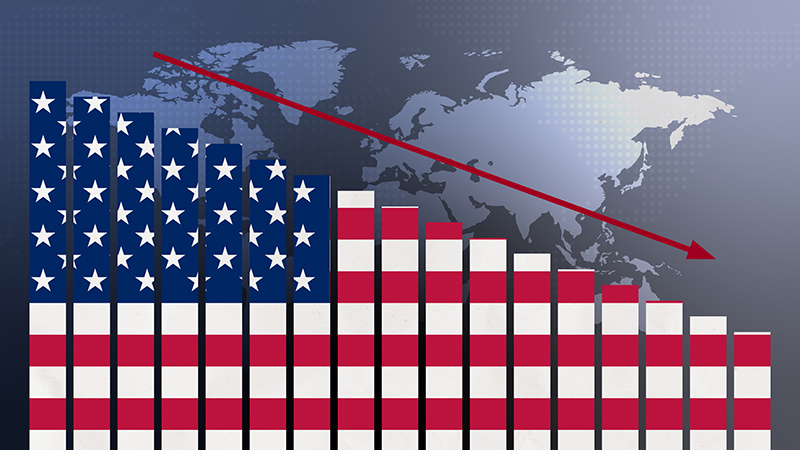According to Bank of America Merrill Lynch, which launched a Dim Sum Index yesterday, the RMB-denominated market in Hong Kong has almost tripled in size since the start of the year to a value of $16.2bn.
In the last month Allianz GI and HSBC Global Asset Management have both launched funds designed to tap into the growth of offshore RMB-denominated bonds.
Other investment houses, such as Henderson Global Investors and Baring Asset Management have said they are mulling over the potential for similar offerings.
But Donald Amstad, director of business development Asia for Aberdeen Asset Management, said it was a bit early for Aberdeen to consider launching a Dim Sum bond fund.
Amstad said the group had used its Qualified Foreign Institutional Investor (QFFI) quota to establish an onshore version of this product – the Aberdeen Alpha China Bond Fund – something most other investment houses reserved to use for equities.
The use of its QFFI allowance means the Luxembourg-domiciled Alpha China Bond Fund is wholly invested in onshore Chinese bonds; something Amstad believes sets it apart from other offerings.
He added that it was important to make a distinction between Dim Sum (offshore RMB-denominated) bonds and onshore Chinese bonds, especially given the infancy of the former as a market.
While a Dim Sum product is not completely out of the question for Aberdeen at some point in the future, he said illiquidity in the market was preventing it from launching one now.
For this reason Amstad said it was important to really take a look at what was "under the bonnet" of these products: "Some of them are nothing more than dollar funds with currency forwards attached. There are a lot of things being dressed up as Chinese bond funds which are Chinese bond funds to varying or lesser degrees."
HSBC GAM’s offering focuses on offshore RMB-denominated instruments, but is structured so the asset allocation can vary over time as opportunities develop and the regulatory environment evolves.
At such a young age, rapid evolution is one thing we can depend on from this market and Amstad said the recent spate of launches was "certainly a sign of something to come".
RMB globalisation
In the 2011 five-year plan the Chinese government made a commitment to the globalisation of RMB by 2016. At the moment there are capital controls for money coming in and going out of the country, and these controls will have to be lifted if this plan were to work.
The government will also have to address its policy surrounding interest rates, bank capitalisation and credit flows.
Amstad said: "It is an ambitious programme, but if they pull it off it will be hugely significant."
Alongside its Dim Sum index launch BoFML warned investors the difference between the onshore and offshore RMB market could be stark.
It said in the first eight months of this year the two indices tracked very closely, but diverged markedly in September and October.
Asia-focused bank Standard Chartered said in a report on the state of the offshore RMB market that it was moving fast and that permission had now been granted for principal-protected structured investments and deliverable investments.
It said there could even be a case for RMB deposits currently sitting in China to migrate over to the Hong Kong offshore bond market as it expands and grows.
If this situation does develop the advent of RMB-denominated products could ironically lead to less money flowing into China and more coming out – perhaps not exactly what investors looking for "China" exposure would be expecting.











